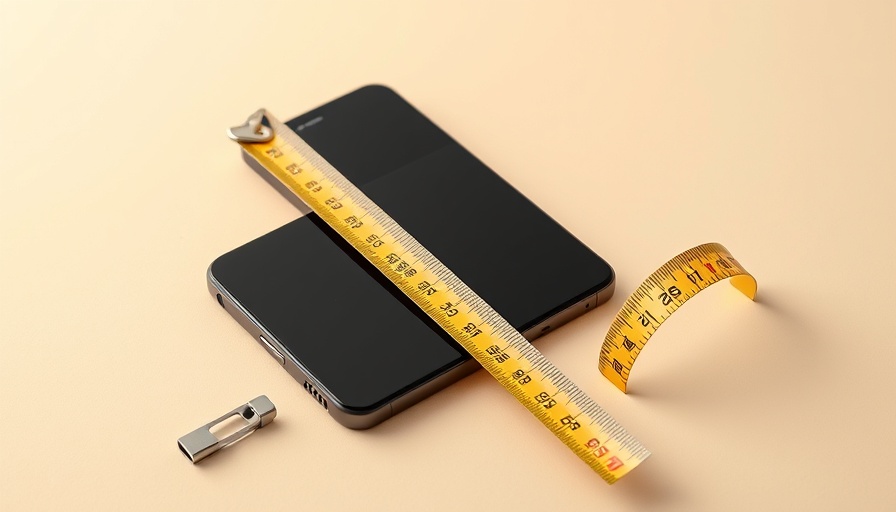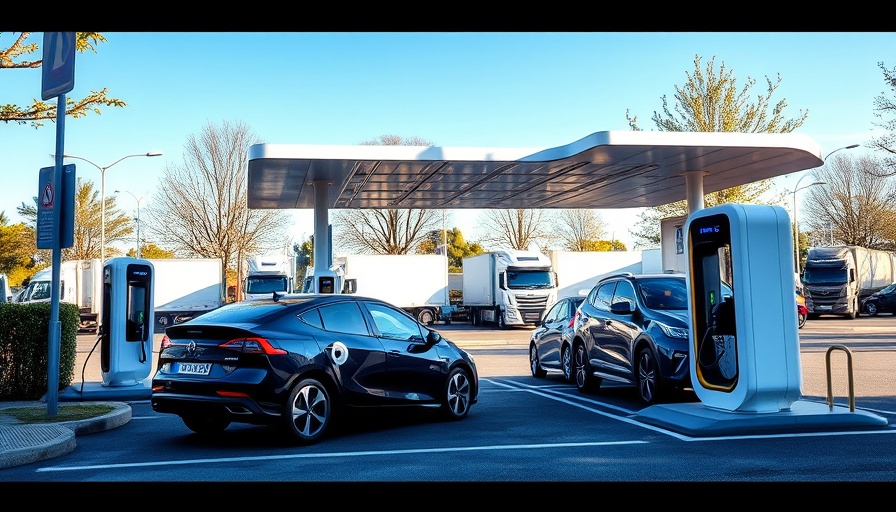
Why Debadging is Gaining Popularity
The trend of debadging is rising, especially among younger generations who value a minimalist and sleek car aesthetic. Gen Z and millennials prefer vehicles that project a clean and understated look, free from excessive branding. This penchant for simplicity has been bolstered by social media, where visually striking 'murdered-out' cars—those stripped of visible emblems—often capture the attention of users. Engaging with this trend allows car owners to express individuality and creativity, making their vehicle unique.
The Legal Side of Debadging: What You Need to Know
Before removing your car’s logos, it’s crucial to understand the legal landscape surrounding debadging. Fortunately, it is legal to remove manufacturer emblems from your personal vehicle in every state. This legal standing stems from the fact that these badges are considered cosmetic. However, the legality comes with caveats; for example, misrepresenting your vehicle or disguising its true identity can lead to legal issues. It's advisable to consult local DMV regulations if you're considering this modification.
Step-by-Step Guide: How to Debadge Your Car Safely
If you've decided to proceed with debadging, follow these steps to ensure a safe removal process:
- Assess the Attachment Method: Determine if the badge is attached with adhesive or drilled into the body of the car.
- Preparation: Clean the area around the badge to prevent scratches.
- Heating: Use a hairdryer or heat gun set to low to warm the badge, loosening the adhesive.
- Fishing Line Method: Carefully use fishing line or dental floss to separate the badge from the paint, ensuring not to use metal tools that could scratch.
- Final Cleanup: Remove any adhesive residue with a gentle cloth and adhesive remover, then polish and wax the area.
Caution is paramount; if your car’s logo is drilled in, it may create permanent holes once removed, risking damage. Consulting a professional is a smart choice if you are uncertain about the process.
The Impact of Debadging on Vehicle Value
While debadging can offer a personalized touch, owners should also consider potential downsides. Removing manufacturers' logos can negatively influence vehicle resale value. For those leasing their vehicles, debadging might violate lease terms. Therefore, evaluating personal motives for debadging and understanding these implications is vital.
Community Feedback: The Personal Touch of Debadging
Many car enthusiasts report a sense of satisfaction and individuality when they debadge. Removing a logo can transform a vehicle from ordinary to personalized, allowing car owners to stand out in a crowded market. Not only does debadging cater to aesthetics, but it also builds a sense of community among those who share similar preferences. Engaging with online forums and social media can offer inspiration and support for those looking to customize their vehicles.
In conclusion, while debadging can be a fantastic way to enhance your vehicle’s appearance, ensuring that it’s done legally and safely is essential. If you’re thinking about debadging, weigh the pros and cons carefully before proceeding.
Stay informed about emerging trends in car culture and join discussions on platforms where enthusiasts share their insights and experiences. Participate in the conversation—your vehicle, after all, is a reflection of you!



Write A Comment